I'm testing a lot of equipment lately for my "planetary" book. Among cameras I have Atik Titan mono. It's not a typical "planetary" camera but it's also advertised as such. It seems that DS cam makers don't get the requirements for "planetary" cameras. A guider is not equal to planetary camera.
So at start something very bright, Sun in H-alpha from a 35 mm Lunt:
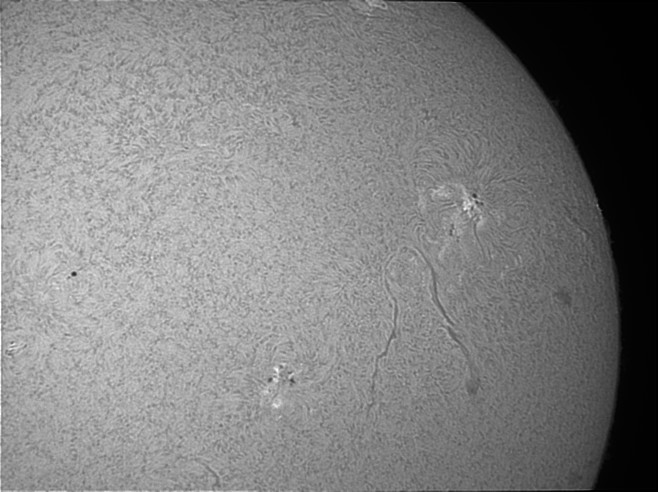
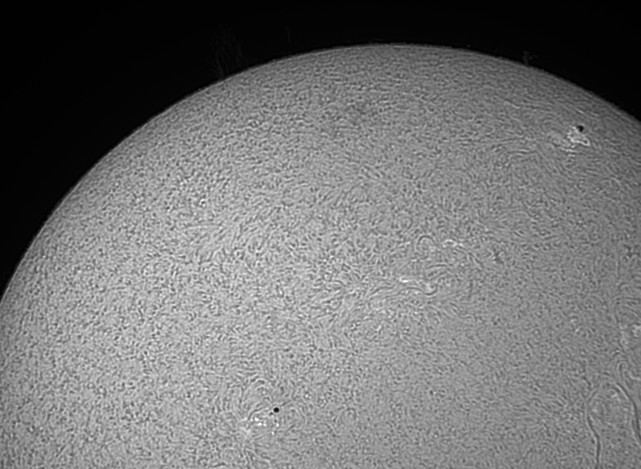
Now that works very well. It's very bright so the histogram is easily filled.
Now planets, a hard target, Saturn at f/20 with C11. ORGB image (Orange longpass as luminance) to make it look decent:
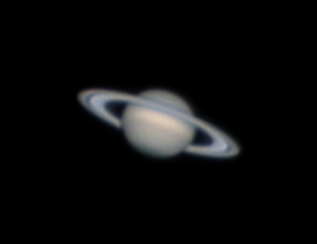
The orange channel:

That was all captured in Nebulosity. In Artemis Capture with the "fast" 15 FPS mode frame quality ended up very bad:
http://i50.tinypic.com/ie2tfd.jpg (and it's underexposed as we can't use long exposures for planetary imaging).
It may look like Saturn but the actual efficiency of that camera was/is very low. 16-bit low gain cameras aren't good for planetary imaging as there is no exposure time to fill the histogram, and the framerate is limited by sending overgrown numbers. I was using 0,1 - 0,2 sec exposures with Atik Titan, and 0,03 sec exposures with DMK21AU618 operating at 8-bit + with higher gain (and better sensitivity of ICX618).
To overexpose red channel in Titan I would have to use more than 1 sec exposures:
http://i47.tinypic.com/vx2s9l.jpg which is insanity

while for a DMK it looks like so (orange channel, lower gain in this case):
http://i47.tinypic.com/2ldhxy9.jpgJust after Titan recording I made some f/20 and even f/30 Saturn images using DMK21AU618. Here are f/30 examples (captured at 30 FPS, 30 ms exp. Orange and ORGB):
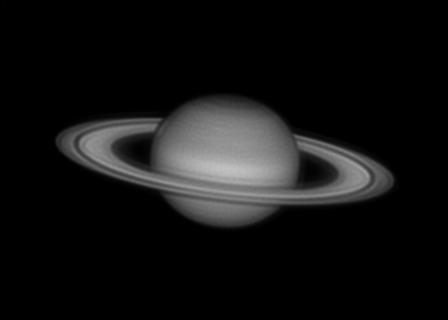
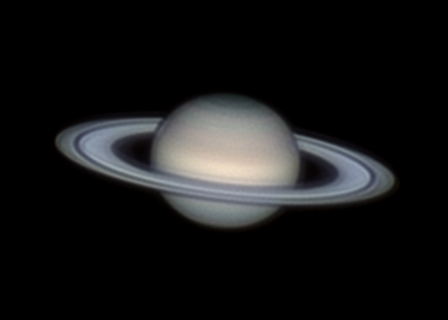
The seeing was very good in both cases. So if you want a real planetary camera you need to... think different
